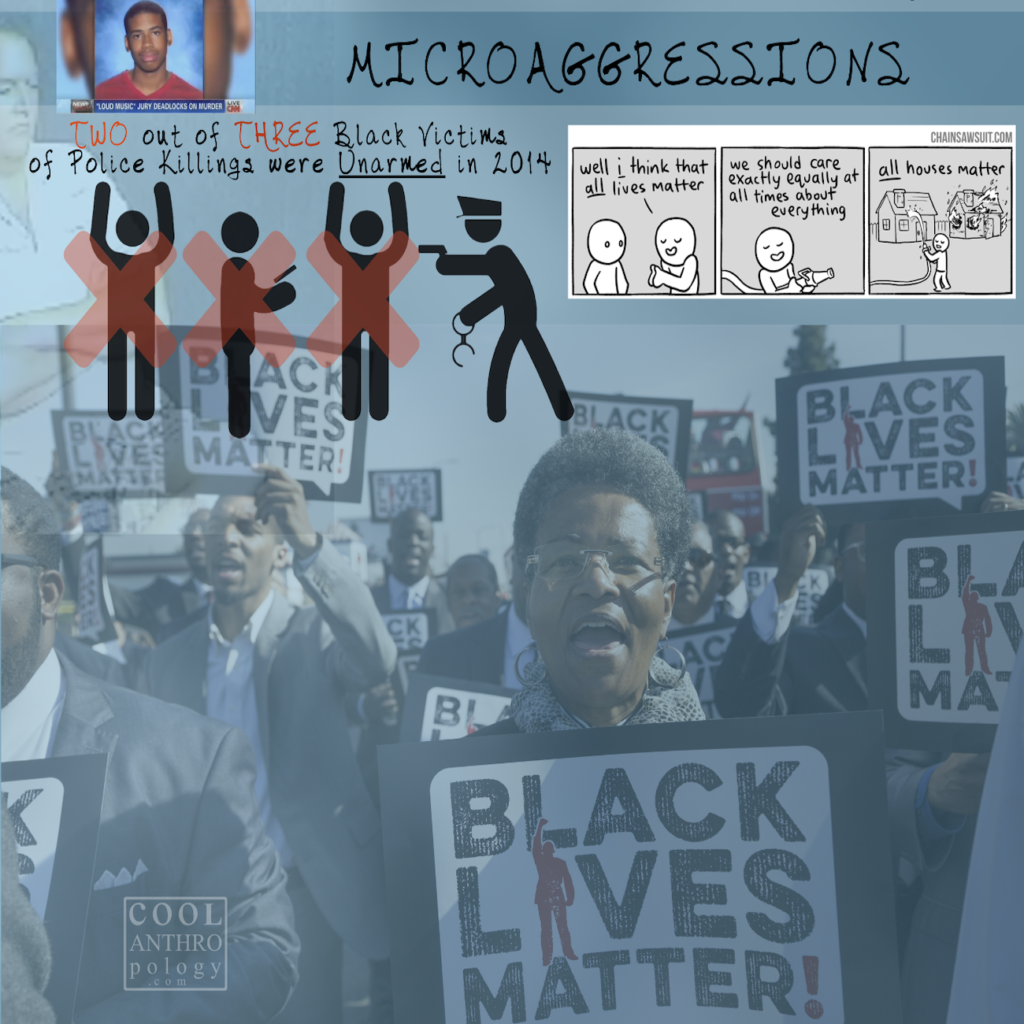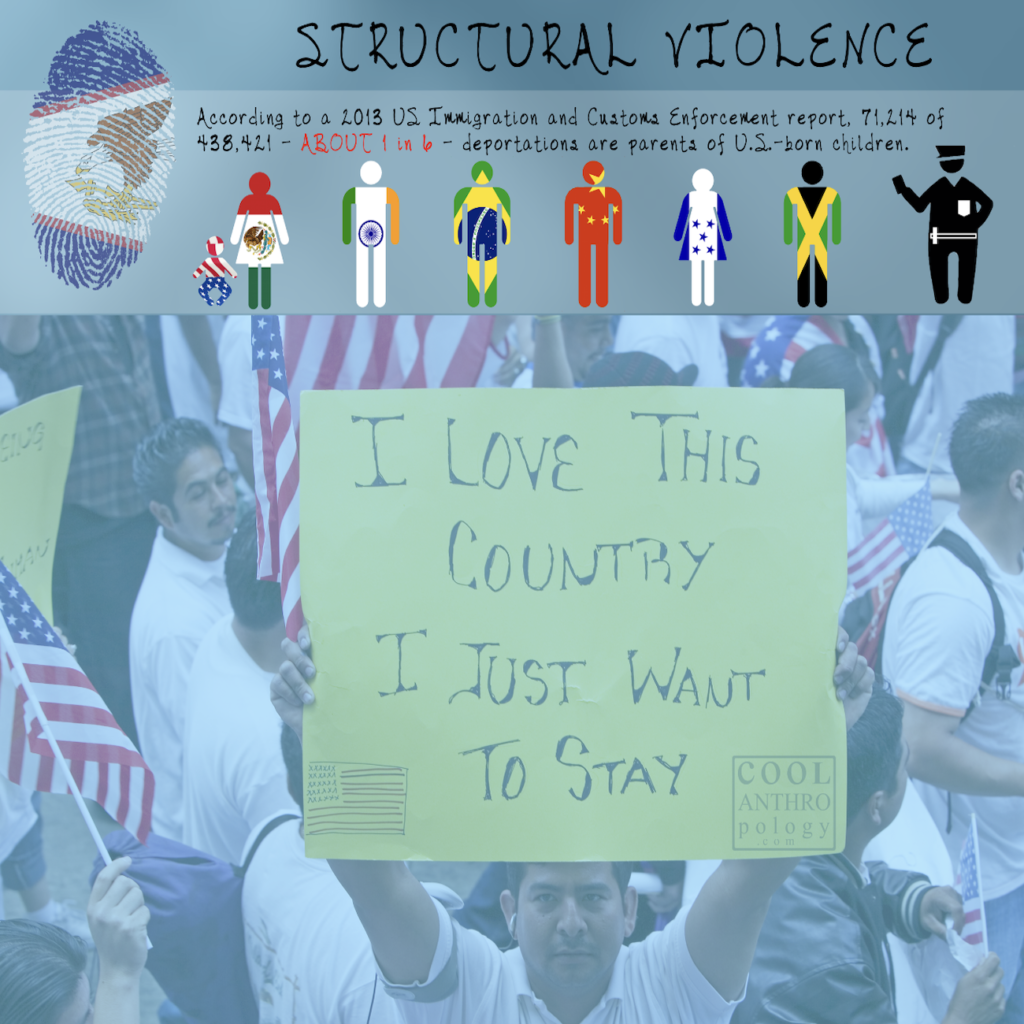||| Learning Outcomes |||
We are going to talk about our hopes and dreams here (and also give 5 takeaways).
||| Notes on Teaching Shifting Stereotypes |||
=== Content Warning
The Shifting Stereotypes project engages with stereotyping language and challenging concepts, which may cause discomfort and distress to students and others engaging with the learning materials. These include racial slurs, expressions of supremacy, swearing, misogynistic language and other potential triggers. We engage with these in order to interrogate their origins and perpetuation in society with an aim to shift conversation and thinking around stereotypes and their consequences. We have taken care to contextualize the use of this language and are guided by the power of embodied experience to encourage empathy as well as change practice and conversation, ultimately, hopefully, leading to the reduction of harm experienced by all.
=== Other Considerations
Order of Portal Terms
The initial order of the portal terms is conceptually oriented and grew from an analysis of the data collected and shared during the installations from 2015-2018, and the digital pile sorting process in the years since.
For the pilot 12-week course, it was chosen to allocate one week to each of the portals in the order in which they appear. Facilitating a rich discussion about which group/term should be first could be valuable. Other organizations to consider:
- Divide the class into groups and have each group do a deep dive into a different concept, presenting to the rest of the group. The presentations could follow a random order or students could discuss which order conceptually makes sense.
- Use a snowball approach, in which students select the next portal term based on interests that emerge from the previous.
Disciplinary Focus
The teaching tool is rooted in an anthropological approach, however, there are multiple disciplinary approaches that might be applied to the concept of stereotyping and the portal terms explored. Students increasingly engaged in interdisciplinary environments may benefit from engaging the anthropological literature and comparing/contrasting with other, perhaps more popular, disciplinary approaches. Participants are encouraged to submit literature from any discipline on our Bibliographies page.
Creative and Personal Expression
We’ve provided some examples of creative assignments, the “letter to a child,” one-minute video or TikTok, spoken word, infographics and other visual representations and expressions. There are also possibilities to mirror the creative tools used in the portal, for example, the “six word story” on the front of each portal square. What are the most simple definitions possible to help in public understandings of stereotypes? Students can provide a variety of alternative “stories” for each portal term. For creative assignments, you might assign a short “artist’s statement” or written explanation of the choices made and academic references used in relation to the study and expression of the terms.
Current Events and Social Movements
Shifting Stereotypes was originally developed around three social movements gaining momentum in 2015, when the project was first conceived:
#BlackLivesMatter | #Not1More | #ChangeTheName
Students could identify key elements of current social movements and use the portal terms as lenses from which to analyze these movements and the role of stereotyping in their formation and objectives.Students can be assigned with identifying, comparing and contrasting movements, and placing them in historical context.
||| Capstone Syllabus |||
This syllabus is an example of how to use the Shifting Stereotypes teaching tool in a 2000-level liberal arts and sciences capstone course. It was developed by Kristina Baines for City University of New York – Guttman Community College students.
||| Sample Assignments |||
=== Brainstorm 6 Word Stories
=== Write a Letter to a Child
Consider a child — your [future] child, your niece or nephew, the kids that play on the sidewalk near where you live, your students or mentees, etc. How would you explain challenging concepts to them? What aspects get stripped down to their most pure components? What examples and metaphors can you bring from your own life to better illustrate ideas and strategies around stereotyping? Is it possible to connect the dots in a simple way between scholarship, our lives and how youth digest information?
Academic language is full of jargon and unnecessary, forgettable details. Building on this idea of reinforcing one main point to get across to audience/participants (see 6 word stories above), what do you want the child/ren to have access to and begin to more deeply understand? This assignment provides an opportunity to explore communicating scholarly concepts in a more familiar way. The following example was written in response to the Justice portal…
Dear Adriel, What to a Slave is the fourth of July? You asked me “Tio why don’t we celebrate July 4th?” Didn’t have an answer to why cause honestly, I don’t know if you’re ready to view the world that way. At your age I definitely wasn’t and couldn’t be more naïve. I remember once upon a time I actually enjoyed July 4ths. I’m happy that the world is more aware, but not so happy about what that means for your childhood. I’ve come to the realization that we’re kids for a less amount of time and that our innocence gets lost along the way.
I looked forward to the fireworks and seeing my cousins and the burgers, of course those burgers. Looking back at it I don’t think We were ever really big patriots. We just used the fact that everybody was off from work to get together as a family (drink, BBQ and habla merida).
But that’s besides the point. The truth of the matter is that people who look like you and me in this country don’t get treated the same so how do we then turn around and proudly proclaim to be a part of something that tries to exclude us? All these murders lately have shown us and I know you see it and you have questions, I know you’ll probably be confused and I wonder if it is even my place. I’d never purposely not respond to you, kid. We make up less than 20 percent of this country’s population but somehow we make up most of police shootings.
I cry cause I ask myself am I strong enough, have I done enough, but I’m scared. I love you. –D
=== Create an Infographic


=== Produce 1 Minute Videos
Producing 1 minute videos to explain a concept using visual/aural/oral components framed around scholarly concepts and publications works well to compliment efforts to integrate public scholarship into coursework and self-lead learning. They can be posted as reels on any social network (e.g. TikTok, Instagram, Facebook, X, etc) and bring discussion to the general public through thoughtful #hashtags, but they can also enrich and heighten discourse in personal networks as well.
In our example, a “student” wrote and performed spoken word poetry and created a slideshow of images found through an exploration of hegemonic content online.
||| Downloads |||
You can download all of the materials to aid in your teaching/learning, or individually download the capstone syllabus and assignment guides.